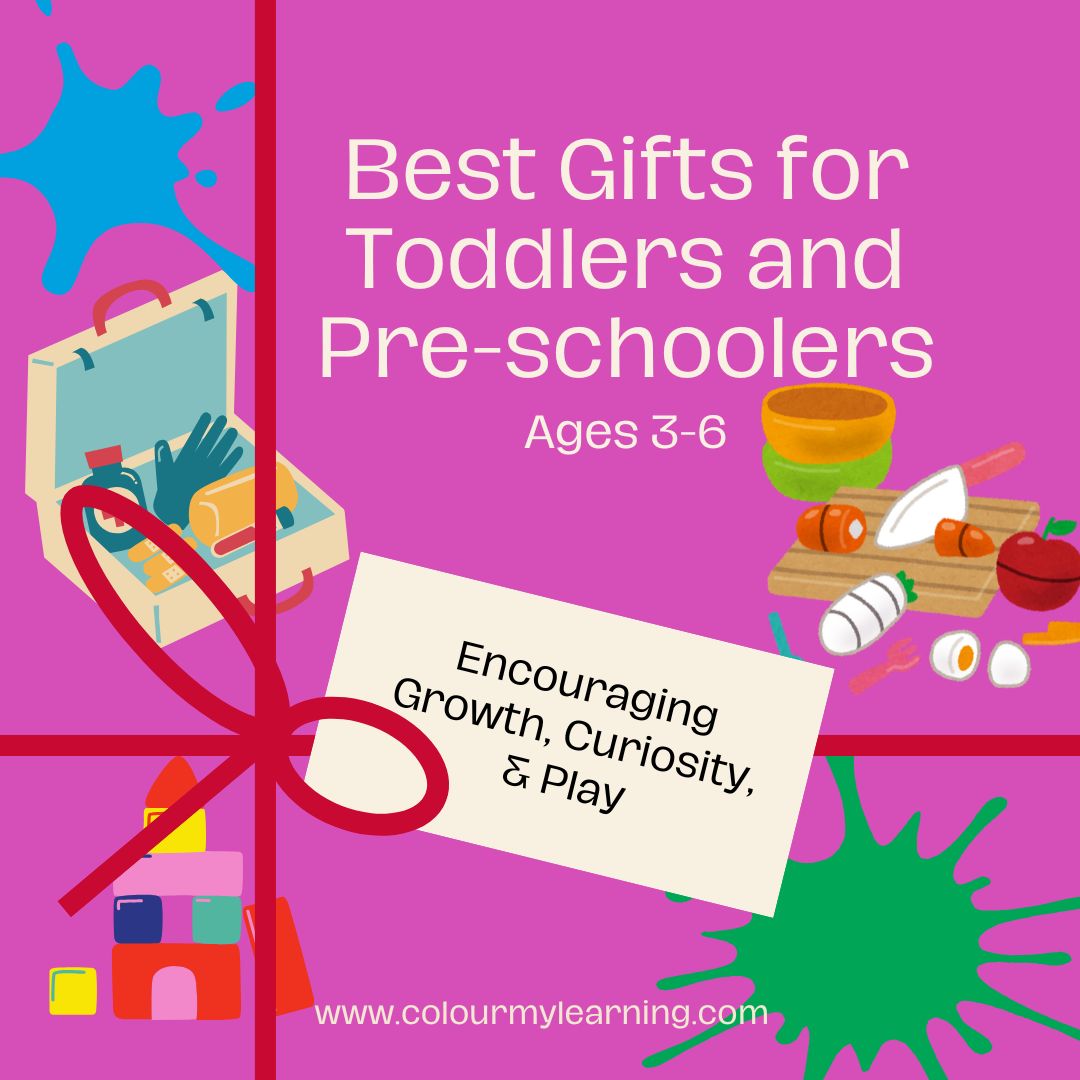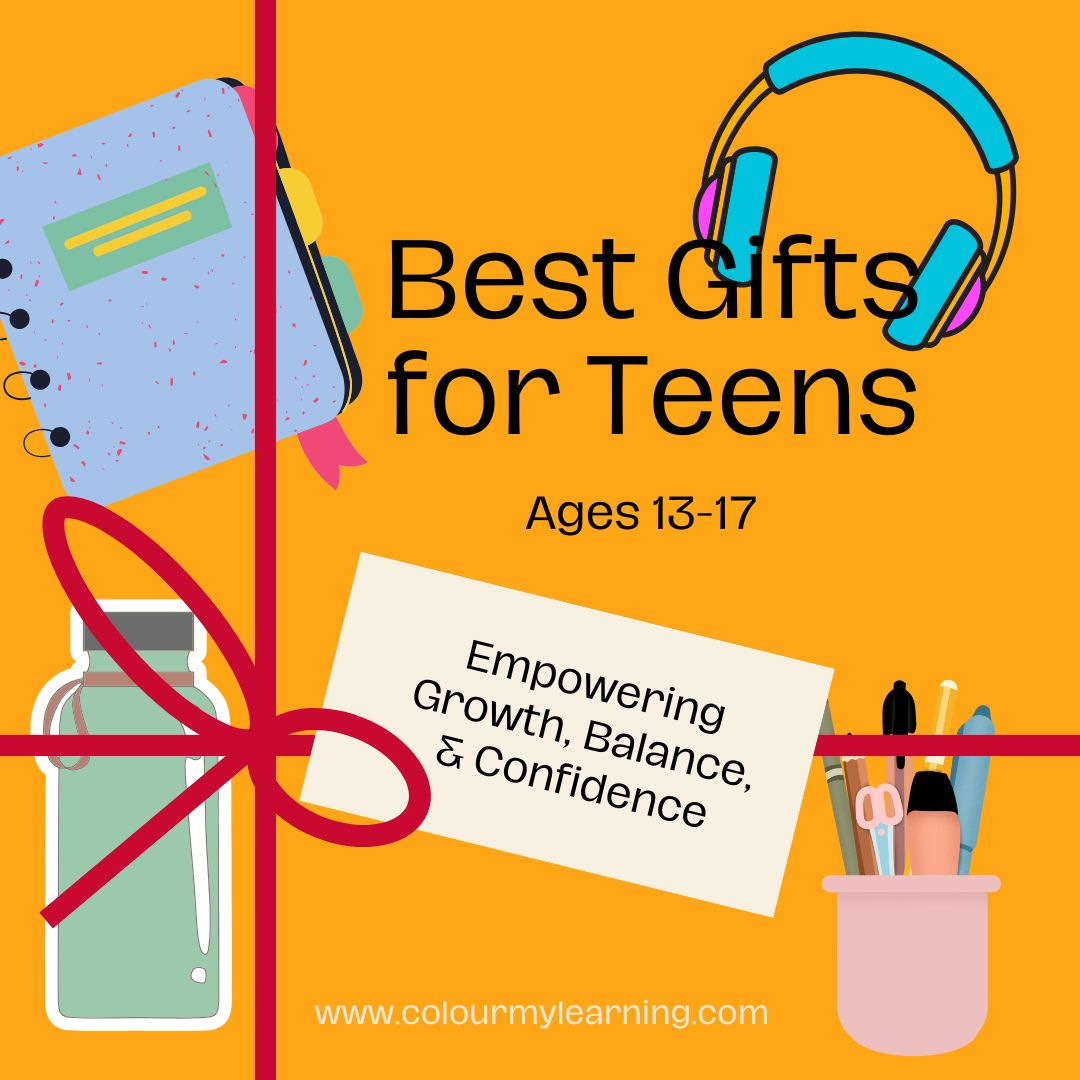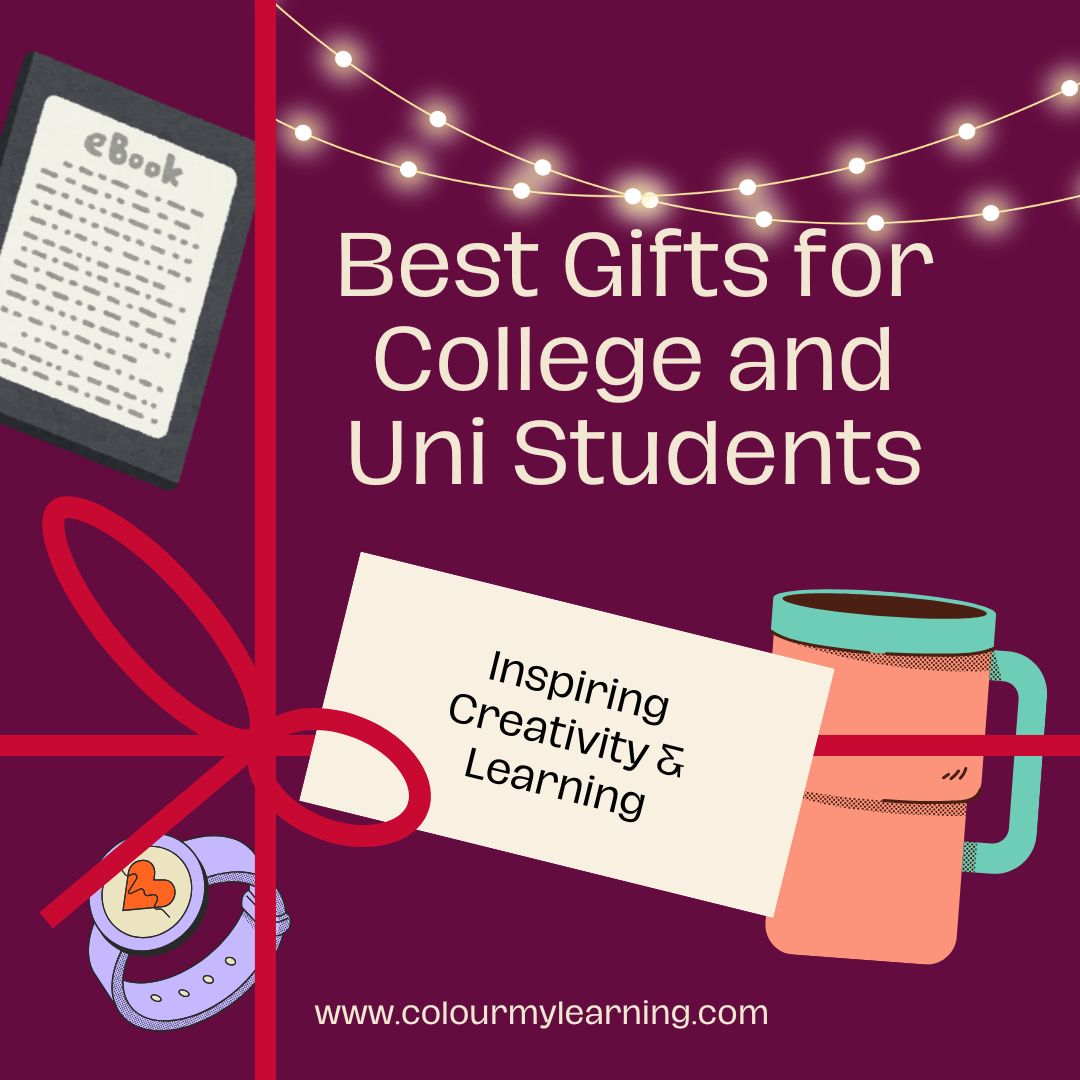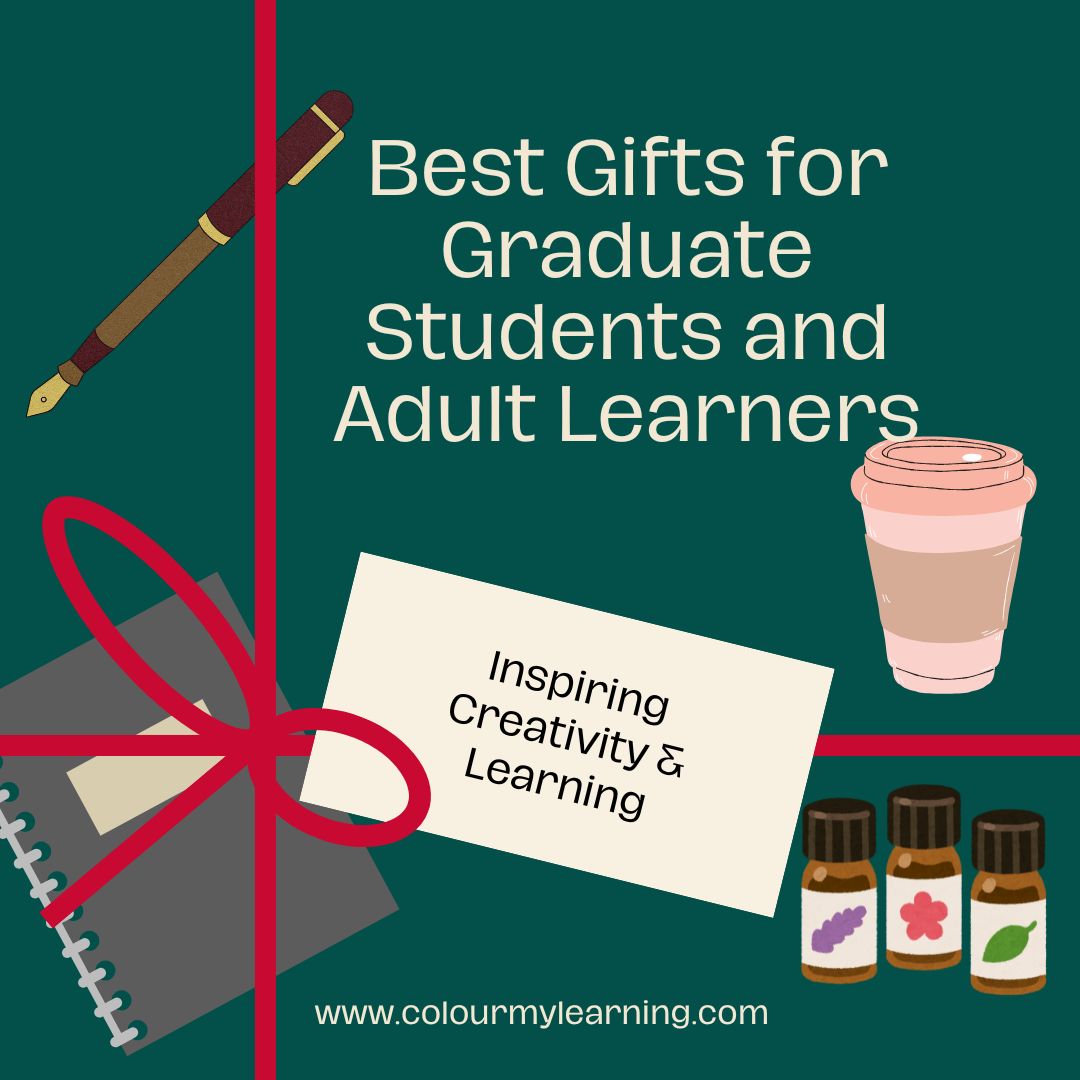Edexcel English Language A iGCSE (4EA1/02) Paper 1 Section A – Non-fiction Text Past Exam Questions
The non-fiction text exam questions for the Edexcel English Language A IGCSE appears in Paper 1 Section A. The questions in this section are based on an unseen text and an extract from Anthology A.
This section of the exam tests how a student is able to respond to an unseen non-fiction text. It is expected that the texts should make significant demands on the students in understanding content, structure and quality of language. Students are also expected to develop skills of interpretation and analysis.
Non-fiction writing is in Paper 1 Section A. Answer all questions in this section. You are advised to spend 1 hour 30 minutes on this task. The total marks for this section is 45
Question Types
There are a mixture of short- and long- answer questions (Questions 1, 2 and 3) relating to the unseen text:
Question 1 (2 marks) requires you to select two words or phrases from the text that will describe or explain a character.
Question 2 (4 marks) asks you to read approximately 10-15 lines of text and In your own words describe or explain.
Question 3 (5 marks) typically requires you to describe or explain something in further detail, supported by brief quotations.
This is then followed by two essay-style questions for Question 4 (based on an extract from Anthology A) and Question 5.
Question 4 (12 marks) is a question on the Anthology piece from Section A of the anthologies see anthologies analysis
- How does the writer use language and structure to… (show thoughts and feelings)
- How does the writer use language and structure to…(interest and engage the reader)
You should support your answer with close reference to the extract, including brief quotations.
Question 5 (22 marks) is a Comparison of the new piece and the Anthology piece see anthologies analysis
- Compare how the writers present their ideas and perspectives about their experiences
Assessment Objectives
The assessment objectives tested in this section are:
AO1 read and understand a variety of texts, selecting and interpreting information, ideas and perspectives
AO2 understand and analyse how writers use linguistic and structural devices to achieve their effects
AO3 explore links and connections between writers’ ideas and perspectives, as well as how these are conveyed.
Total marks: 45. Recommended time: 1 hour 30 mins.
Non-fiction Writing Questions Extracted from Past Year Papers (2014 – current)
Nov 2023
Source Booklet: https://drive.google.com/file/d/11w6XymNSwehQBxNZUFNRF3FMm6REy3rN/view
Text One: Beyond Possible
1. From lines 7–9, select two words or phrases that suggest that Nims is moving quickly.
2. Look again at lines 48–58.
In your own words, explain what we learn about Nims Purja.
3. From lines 60–71, describe what happened to Nims. You may support your points with brief quotations.
Remind yourself of the extract from 127 Hours: Between a Rock and a Hard Place
4. How does the writer, Aron Ralston, use language and structure in Text Two to convey his thoughts and feelings about what happens in the canyon?
You should support your answer with close reference to the extract, including brief quotations.
Question 5 is based on both Text One and Text Two from the Source Booklet.
5. Compare how the writers present their ideas and perspectives about their experiences.
Support your answer with detailed examples from both texts, including brief quotations.
June 2023
Source Booklet: https://drive.google.com/file/d/11teaCdH7YbAN0-USe4_ICDxFu-Gf-rz5/view
Text One: War Doctor
1. From lines 3–5, select two words or phrases that explain why David Nott works in war zones.
2. Look again at lines 26–41. In your own words, describe what happens.
3. From lines 62–71, explain what we learn about David Nott’s thoughts and actions. You may support your points with brief quotations.
Remind yourself of the extract from A Passage to Africa
4. How does the writer, George Alagiah, use language and structure in Text Two to
shock the reader?
You should support your answer with close reference to the extract, including brief quotations.
Question 5 is based on both Text One and Text Two from the Source Booklet.
5. Compare how the writers present their ideas and perspectives about their experiences.
Support your answer with detailed examples from both texts, including brief quotations.
June 2023 Resit
Source Booklet: https://drive.google.com/file/d/1CIhsDJkmjOnxatVMIrkVJCFPrTYMDDjr/view
Text One: Classroom of the damned
1. From lines 11–12, select two words or phrases that describe Jo.
2. Look again at lines 27–36. In your own words, describe Will Carter’s experiences at school.
3. From lines 37–47, explain how Will Carter’s experience of education improved. You may support your points with brief quotations.
Remind yourself of the extract Young and dyslexic? You’ve got it going on
4. How does the writer, Benjamin Zephaniah, use language and structure in Text Two to convey his experiences?
You should support your answer with close reference to the extract, including brief quotations.
Question 5 is based on both Text One and Text Two from the Source Booklet.
5. Compare how the writers present their ideas and perspectives about the experiences described.
Support your answer with detailed examples from both texts, including brief quotations.
Jan 2023
Source Booklet: https://drive.google.com/file/d/1-gefXp6tIlwDmgUUujPubLKbjGqIqZXF/view
Text One: Featherhood
1. From lines 8–11, select two words or phrases that tell the reader what animals are in the area.
2. Look again at lines 52–62. In your own words, describe the writer’s thoughts and actions.
3. From lines 63–74, explain what we learn about the magpie. You may support your points with brief quotations.
Remind yourself of the extract from H is for Hawk
4. How does the writer, Helen Macdonald, use language and structure in Text Two to present the two birds?
You should support your answer with close reference to the extract, including brief quotations.
Question 5 is based on both Text One and Text Two from the Source Booklet.
5. Compare how the writers present their ideas and perspectives about their
experiences.
Support your answer with detailed examples from both texts, including brief quotations.
Jan 2023 Resit
Source Booklet: https://drive.google.com/file/d/1huUK3guJh9X8dDWEFLo_hZVeHJQ9oum9/view
Text One: Himalaya
1. From lines 3–4, select two words or phrases that describe the bulls.
2. Look again at lines 24–33. In your own words, explain what we learn about Prince Malik.
3. From lines 57–69, describe the bull race.
You may support your points with brief quotations.
Remind yourself of the extract from A Game of Polo with a Headless Goat
4. How does the writer, Emma Levine, use language and structure in Text Two to create a sense of excitement and danger?
You should support your answer with close reference to the extract, including brief quotations.
Question 5 is based on both Text One and Text Two from the Source Booklet.
5. Compare how the writers present their ideas and perspectives about their experiences.
Support your answer with detailed examples from both texts, including brief quotations.
June 2022
Source Booklet: https://drive.google.com/file/d/1bfQ5-LFOsZ7DmkK6maFe3UJMbbLNSlL4/view
Text One: Motherwell
1. From lines 8–10, select two words or phrases that show what the writer enjoyed about her first day at school.
2. Look again at lines 17–26. In your own words, explain the writer’s thoughts and feelings.
3. From lines 56–68, describe the argument between the writer (Deborah) and her parents. You may support your points with brief quotations.
Text Two: from Chinese Cinderella
Remind yourself of the extract from Chinese Cinderella (Text Two in the Source Booklet).
4. How does the writer, Adeline Yen Mah, use language and structure in Text Two to interest and engage the reader? You should support your answer with close reference to the extract, including brief quotations.
Question 5 is based on both Text One and Text Two from the Source Booklet 5.
Compare how the writers present their ideas and perspectives about their experiences.
Support your answer with detailed examples from both texts, including brief quotations.
June 2022 Resit
Source Booklet: https://drive.google.com/file/d/1ha6KrXoFh5Rj2PyBRuxD46DZubOeN5vr/view
Text One: Things I Learned from Falling
1. From lines 6–9, select two words or phrases that describe what items the writer chose to take on her hike.
2. Look again at lines 19–30. In your own words, describe what happens.
3.From lines 42–57, explain what the writer is thinking and feeling. You may support your points with brief quotations.
Remind yourself of the extract from 127 Hours: Between a Rock and a Hard Place
4. How does the writer, Aron Ralston, use language and structure in Text Two to interest the reader in the events that he describes?
You should support your answer with close reference to the extract, including brief quotations.
Question 5 is based on both Text One and Text Two from the Source Booklet 5.
Compare how the writers present their ideas and perspectives about their experiences.
Support your answer with detailed examples from both texts, including brief quotations.
January 2022
Source Booklet: https://drive.google.com/file/d/1Co_ceibe6sSx_9xQlyjaKXmalAbySdTJ/view
Text One: Miniature Miracles
1. From lines 6–7, select two words or phrases that show what Willard Wigan has gained from his work.
2. Look again at lines 8–21. In your own words, describe Willard Wigan’s childhood.
3.From lines 38–53, explain what we learn about Willard Wigan and his work. You may support your points with brief quotations.
Remind yourself of the extract Young and dyslexic? You’ve got it going on
4. How does the writer, Benjamin Zephaniah, use language and structure in Text Two to
interest and engage the reader?
You should support your answer with close reference to the extract, including brief quotations.
Question 5 is based on both Text One and Text Two from the Extracts Booklet.
5 Compare how the writers present their ideas and perspectives about the experiences described.
Support your answer with detailed examples from both texts, including brief quotations.
January 2022 Resit
Source Booklet: https://drive.google.com/file/d/1nvMuLY3zZIYKadgenoj9tJelRp3Ndmiz/view
Text One: How do you stop a rhino?
1. From lines 8–10, select two words or phrases that describe what the writer can hear or feel.
2. Look again at lines 19–31. In your own words, explain what we learn about the people and animals of Nepal’s Chitwan National Park.
3.From lines 39–51, describe the encounter with the rhinoceros. You may support your points with brief quotations.
Remind yourself of the extract from The Explorer’s Daughter
4. How does the writer, Kari Herbert, use language and structure in Text Two to create tension and suspense?
You should support your answer with close reference to the extract, including brief quotations.
Question 5 is based on both Text One and Text Two from the Extracts Booklet 5.
Compare how the writers present their ideas and perspectives about their experiences.
Support your answer with detailed examples from both texts, including brief quotations.
November 2021
Source Booklet: https://drive.google.com/file/d/13aDjB7nS7qjtidBUx3eN8RS5nTTq4o1B/view
Text One: Helicopter Hero
1. From lines 10–12, select two words or phrases that describe the pilot, Jason Laing.
2. Look again at lines 36–44. In your own words, describe Jason Laing’s memories of the 2015 earthquake.
3. From lines 58–67, explain the problems faced by rescue pilots. You may support your points with brief quotations.
Remind yourself of the extract Explorers or boys messing about? Either way, taxpayer gets rescue bill.
4. How does the writer, Steven Morris, use language and structure in Text Two to convey his impressions of the adventures of the two men?
You should support your answer with close reference to the extract, including brief quotations.
Question 5 is based on both Text One and Text Two from the Extracts Booklet.
5 Compare how the writers present their ideas and perspectives about the people and events described.
Support your answer with detailed examples from both texts, including brief quotations.
June 2021
Source Booklet: https://drive.google.com/file/d/1xZNcqn77dyPY04lO1is2YeMsTy7bjvX3/view
Text One: The Ups and Downs of Bhutan
1. From lines 3–4, select two words or phrases that describe the trucks.
2. Look again at lines 5–13. In your own words, describe the writer’s ride down the mountainside.
3. From lines 46–54, explain what the writer is feeling and thinking. You may support your points with brief quotations.
Remind yourself of the extract from Beyond the Sky and the Earth: A Journey into Bhutan
4. How does the writer, Jamie Zeppa, use language and structure in Text Two to interest the reader?
You should support your answer with close reference to the extract, including brief quotations.
Question 5 is based on both Text One and Text Two from the Extracts Booklet 5.
Compare how the writers present their ideas and perspectives about their experiences.
Support your answer with detailed examples from both texts, including brief quotations.
June 2020
Source Booklet: https://drive.google.com/file/d/1frqOPBsfHAMf3wyX0J74YSlutD2Bh6PJ/view
Text One: If a story moves you, act on it
1. From lines 1–2, select two words or phrases that describe the writer’s feelings.
2. Look again at lines 13–21. In your own words, explain what the writer thinks about storytelling.
3. From lines 37–51, describe how the writer reacts to the theft of her bike. You may support your points with brief quotations.
Remind yourself of the extract from The Danger of a Single Story
4. How does the writer, Chimamanda Ngozi Adichie, use language and structure in Text Two to convey her thoughts and opinions?
You should support your answer with close reference to the extract, including brief quotations.
Question 5 is based on both Text One and Text Two from the Extracts Booklet.
5. Compare how the writers present their ideas and perspectives about storytelling.
Support your answer with detailed examples from both texts, including brief quotations.
June 2020 Resit
Source Booklet: https://drive.google.com/file/d/15tqnyZGiT6s7l55-SavLaa3YjbwcSQyT/view
Text One: Getting to know Cuthbert
1. From lines 1–2, select two words or phrases that describe the box.
2. Look again at lines 33–44. In your own words, describe what happens when the writer takes Cuthbert, the bird, out of the box.
3.From lines 55–66, explain how Cuthbert behaves. You may support your points with brief quotations.
Remind yourself of the extract from H is for Hawk.
4. How does the writer, Helen Macdonald, use language and structure in Text Two to build up suspense and tension?
You should support your answer with close reference to the extract, including brief quotations.
Question 5 is based on both Text One and Text Two from the Extracts Booklet 5.
Compare how the writers present their ideas and perspectives about their experiences.
Support your answer with detailed examples from both texts, including brief quotations.
January 2020
Source Booklet: https://drive.google.com/file/d/1_mlsDx4i7F2R78akBrk2SfH5WbzwZAGf/view
Text One: Survival at Sea
1. From lines 3–5, select two words or phrases that describe the boat journey.
2. Look again at lines 16–24. In your own words, explain what the writer is thinking and feeling.
3. From lines 39–54, describe the writer’s encounters with the sea creatures. You may support your points with brief quotations.
Remind yourself of the extract from 127 Hours: Between a Rock and a Hard Place
4. How does the writer, Aron Ralston, use language and structure in Text Two to convey the difficulties that he faces?
You should support your answer with close reference to the extract, including brief quotations.
Question 5 is based on both Text One and Text Two from the Extracts Booklet 5.
5 Compare how the writers present their ideas and perspectives about their experiences.
Support your answer with detailed examples from both texts, including brief quotations.
January 2020 Resit
Source Booklet: https://drive.google.com/file/d/1RsFv89-_8DNlQer6BMWmi36hFaQORq-G/view
Text One: Indian Relay: Magical racing in the mountains
1. From lines 4-6, select two words or phrases that describe an Indian Relay race.
2. Look again at lines 10-22. In your own words, explain what we learn about Kendall Old Horn.
3. From lines 32-55, describe the documentary film called “Indian Relay” made by Charles Dye.
You may support your points with brief quotations.
Remind yourself of the extract from A Game of Polo with a Headless Goat.
4. How does the writer, Emma Levine, use language and structure in Text Two to
present Yaqoob and Iqbal?
You should support your answer with close reference to the extract, including brief quotations.
Question 5 is based on both Text One and Text Two from the Extracts Booklet.
5 Compare how the writers present their ideas and perspectives about the sports they describe.
Support your answer with detailed examples from both texts, including brief quotations.
June 2019
Source Booklet: https://drive.google.com/file/d/1XUWGJKqZNxzz3U5pKOIMsE_NCsLg6-pp/view
Text One: Rescue from the jungle
1. From lines 6 – 8, select two words or phrases that show why Benedict Allen was unable to get help.
2. Look again at lines 43.- 54. In your own words, explain the difficulties Benedict Allen faced on his return
journey.
3. From lines 60 – 72, describe Lenka’s thoughts and feelings. You may support your points with brief quotations.
Remind yourself of the extract Explorers or boys messing about? Either way, taxpayer gets rescue bill.
4. How does the writer use language and structure in Text Two to show what people thought about the actions of the two explorers?
You should support your answer with close reference to the extract, including brief quotations.
Question 5 is based on both Text One and Text Two from the Extracts Booklet 5.
5. Compare how the writers present their ideas and perspectives about the events described.
Support your answer with detailed examples from both texts, including brief quotations.
June 2019 Resit
Source Booklet: https://drive.google.com/file/d/1OfKZEmbl79k6AEnITLUYj3ERdXiFxrru/view
Text One: Meeting My Parents
1. From lines 6 – 8, select two words or phrases that describe the woman and what she does.
2. Look again at lines 36 – 43. In your own words, describe the walk to the bus station.
3.From lines 52. – 64, explain how the writer feels about leaving her life in Shitang. You may support your points with brief quotations.
Remind yourself of the extract from Chinese Cinderella
4. How does the writer use language and structure in Text Two to present her relationships with her family and other people?
You should support your answer with close reference to the extract, including brief quotations.
Question 5 is based on both Text One and Text Two from the Extracts Booklet.
5. Compare how the writers present their ideas and perspectives about their childhood experiences.
Support your answer with detailed examples from both texts, including brief quotations.
January 2019
Source Booklet: https://drive.google.com/file/d/1XUWGJKqZNxzz3U5pKOIMsE_NCsLg6-pp/view
Text One: The Capture of the Manatee
1. From lines 8 – 11, select two words or phrases that describe the woman and what she does.
2. Look again at lines 23.- 33. In your own words, describe how the crowd reacts to the attempted capture of the manatee.
3.From lines 41. – 51, explain what we learn about Narian. You may support your points with brief quotations.
Remind yourself of the extract from The Explorer’s Daughter.
4. How does the writer use language and structure to show her thoughts and feelings about watching the hunt?
You should support your answer with close reference to the extract, including brief quotations.
Question 5 is based on both Text One and Text Two from the Extracts Booklet.
5 Compare how the writers present their ideas and perspectives about their experiences.
Support your answer with detailed examples from both texts, including brief quotations.
January 2019 Resit
Source Booklet: https://drive.google.com/file/d/1OfKZEmbl79k6AEnITLUYj3ERdXiFxrru/view
Text One: Reporters help out
1. From lines 1. – 5, select two phrases that show how reporters helped people in danger.
2. Look again at lines 7 – 28. In your own words, describe how the reporters assisted people.
3. From lines 53.- 70, explain what we learn about the attitudes of Ed Lavandera and Matt Finn. You may support your points with brief quotations.
Remind yourself of the extract from A Passage to Africa.
4. In what ways does the writer use language and structure to show his reactions to the people he encounters in Somalia?
You should support your answer with close reference to the extract, including brief quotations.
Question 5 is based on both Text One and Text Two from the Extracts Booklet.
5 Compare how the writers present their ideas and perspectives about their experiences.
Support your answer with detailed examples from both texts, including brief quotations.
June 2018
Source Booklet: https://drive.google.com/file/d/1VDX6tRcBF8N6rcQk51fpB2rfvpfVc5F7/view
Text One: An Unexpected Meeting
1. From lines 1–4, select two words or phrases that describe the harbour.
2. Look again at lines 7–18.
In your own words, explain what the writer thinks and feels about what he sees.
3.From lines 31–45, describe how and why the writer catches the bird. You may support your points with brief quotations.
Remind yourself of the extract from H is for Hawk.
4. How does the writer use language and structure to interest and engage the reader?
You should support your answer with close reference to the extract, including brief quotations.
Question 5 is based on both Text One and Text Two from the Extracts Booklet.
5. Compare how the writers present their ideas and perspectives about their experiences.
Support your answer with detailed examples from both texts, including brief quotations.
June 2018 Resit
Source Booklet: https://drive.google.com/file/d/1DqRrsJoCef6G8LTrjhm03dUqz1e3Z_OJ/view
Text One: A Splendid Stay in Bhutan
1. From lines 1–3, select two words or phrases that describe Bhutan.
2. Look again at lines 25–42. In your own words, describe what the writer does in Bhutan.
3. From lines 43–52, explain what we learn about the hotels. You may support your points with brief quotations.
Remind yourself of the extract From Beyond the Sky and the Earth: A Journey into Bhutan.
4. In what ways does the writer use language and structure to convey her impressions of Bhutan?
You should support your answer with close reference to the extract, including brief quotations.
Question 5 is based on both Text One and Text Two from the Extracts Booklet
5. Compare how the writers present their ideas and perspectives about their
experiences.
Support your answer with detailed examples from both texts, including brief quotations.









